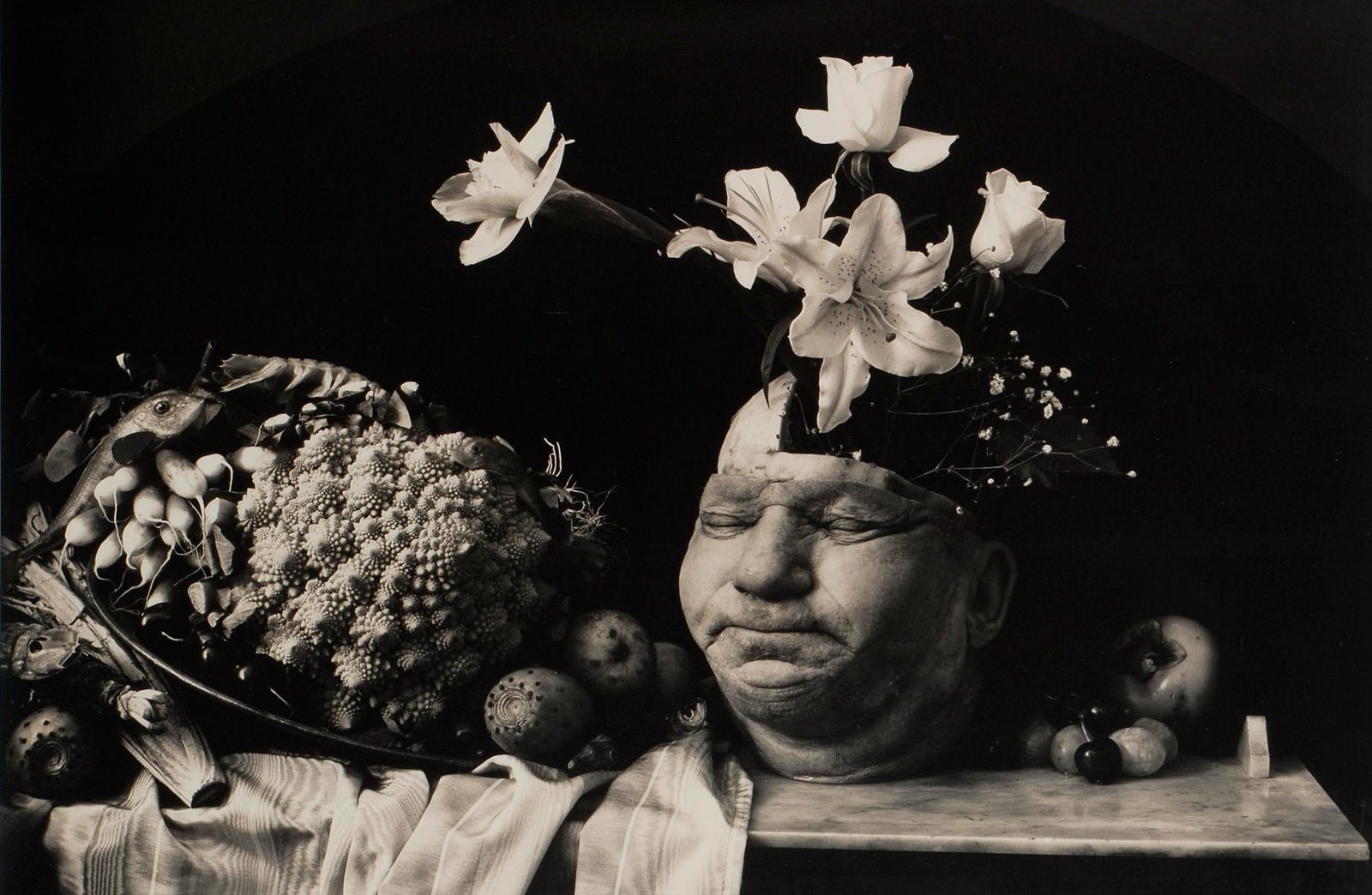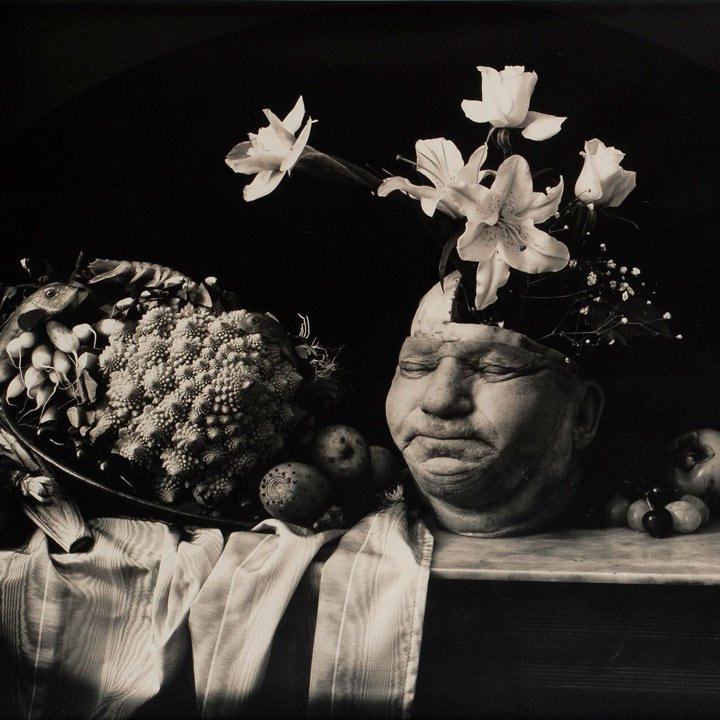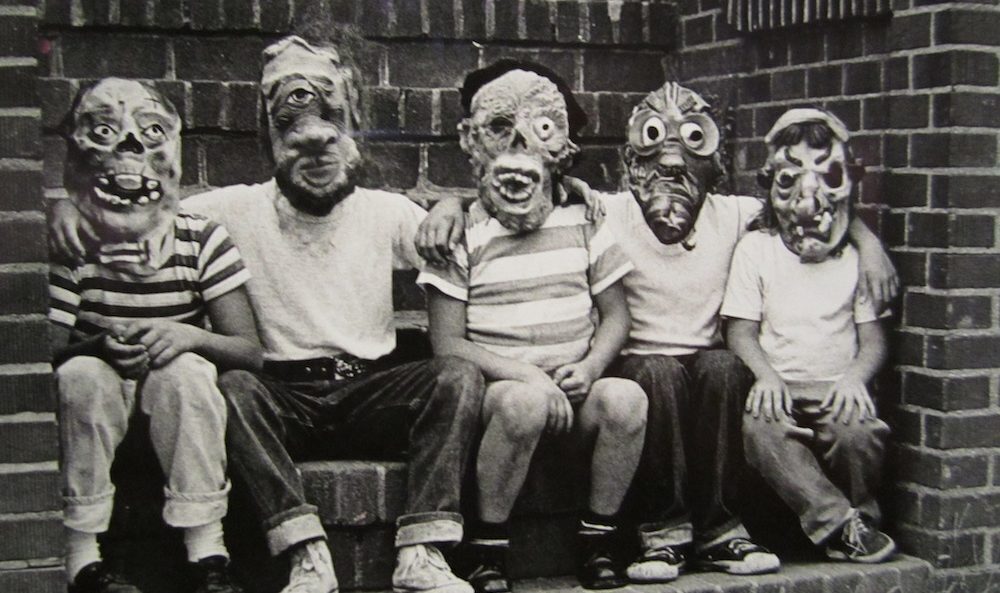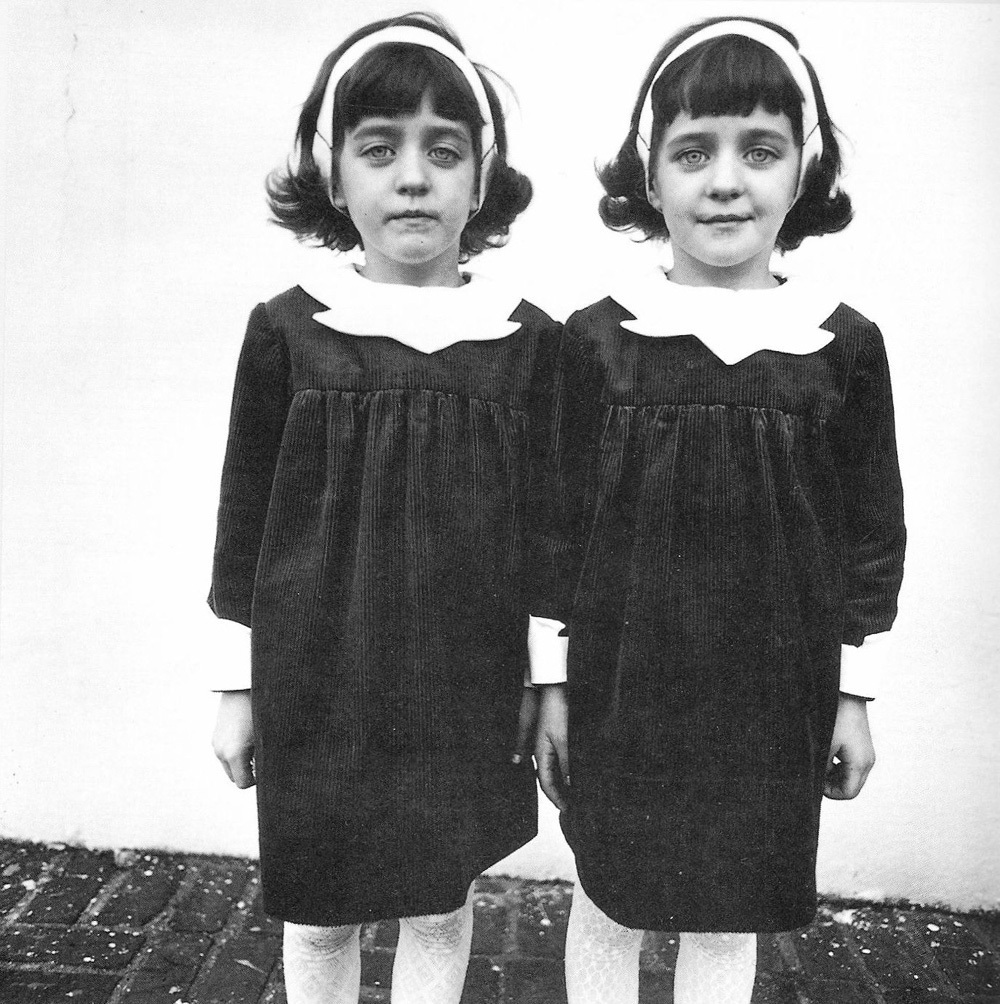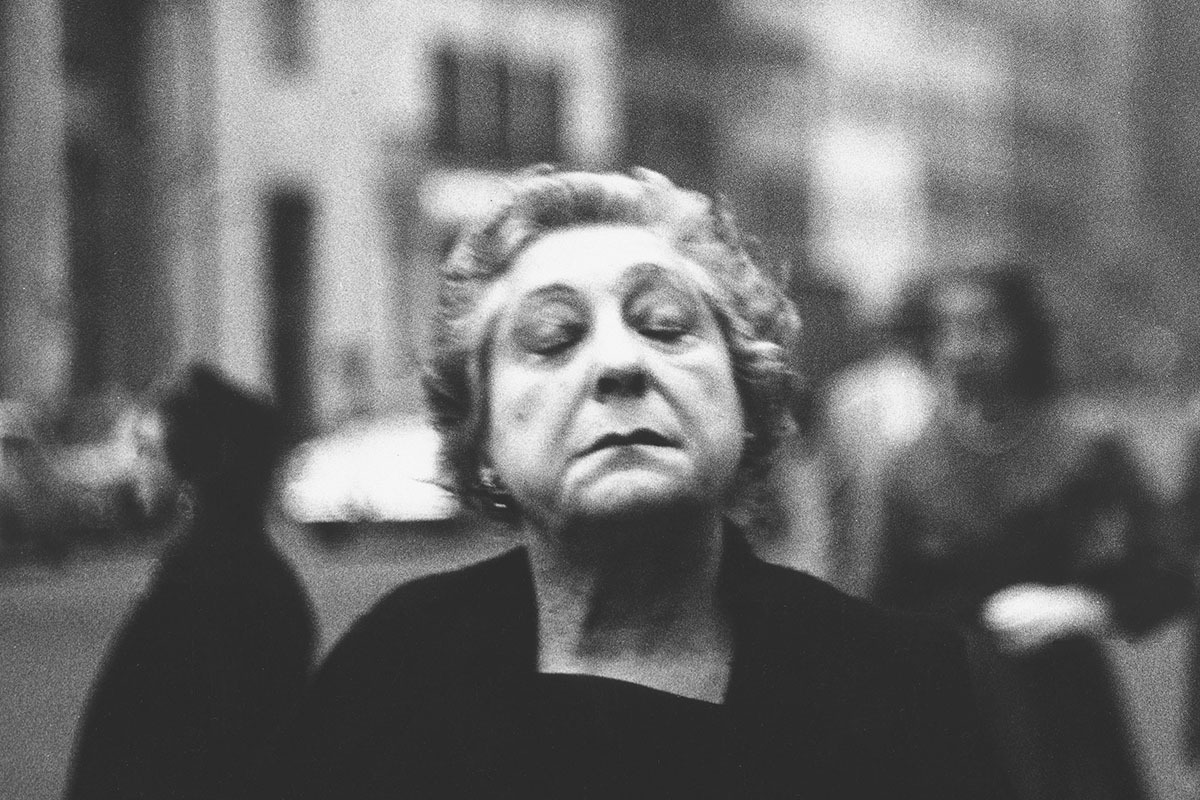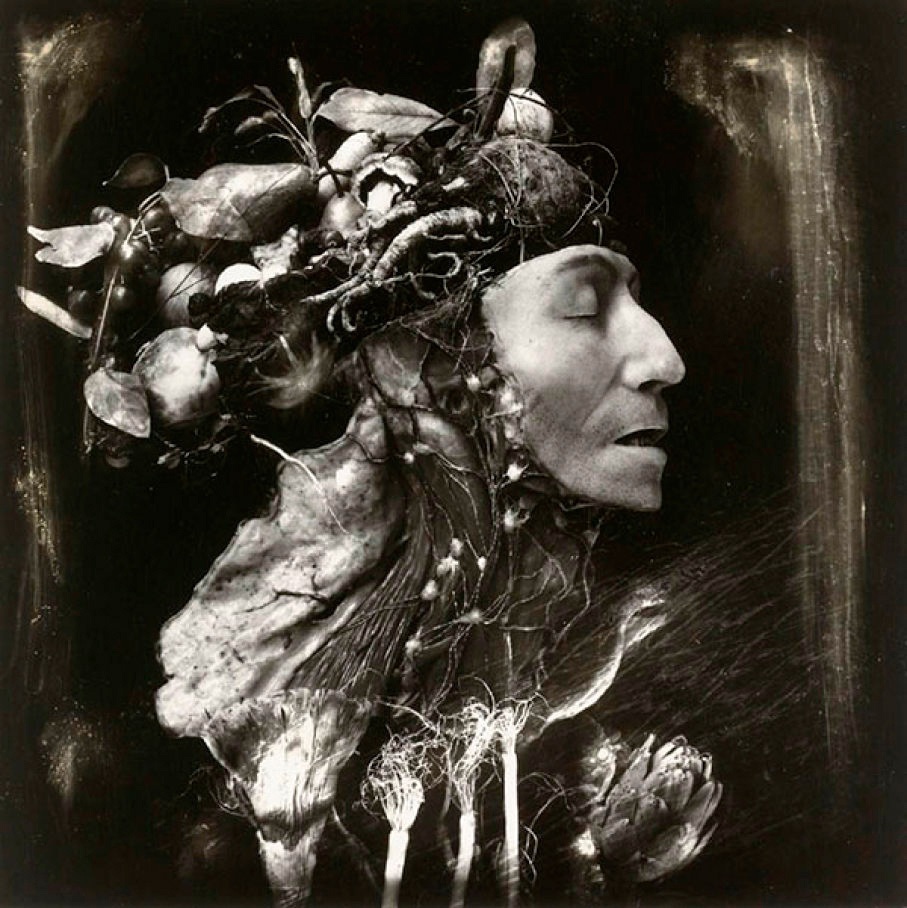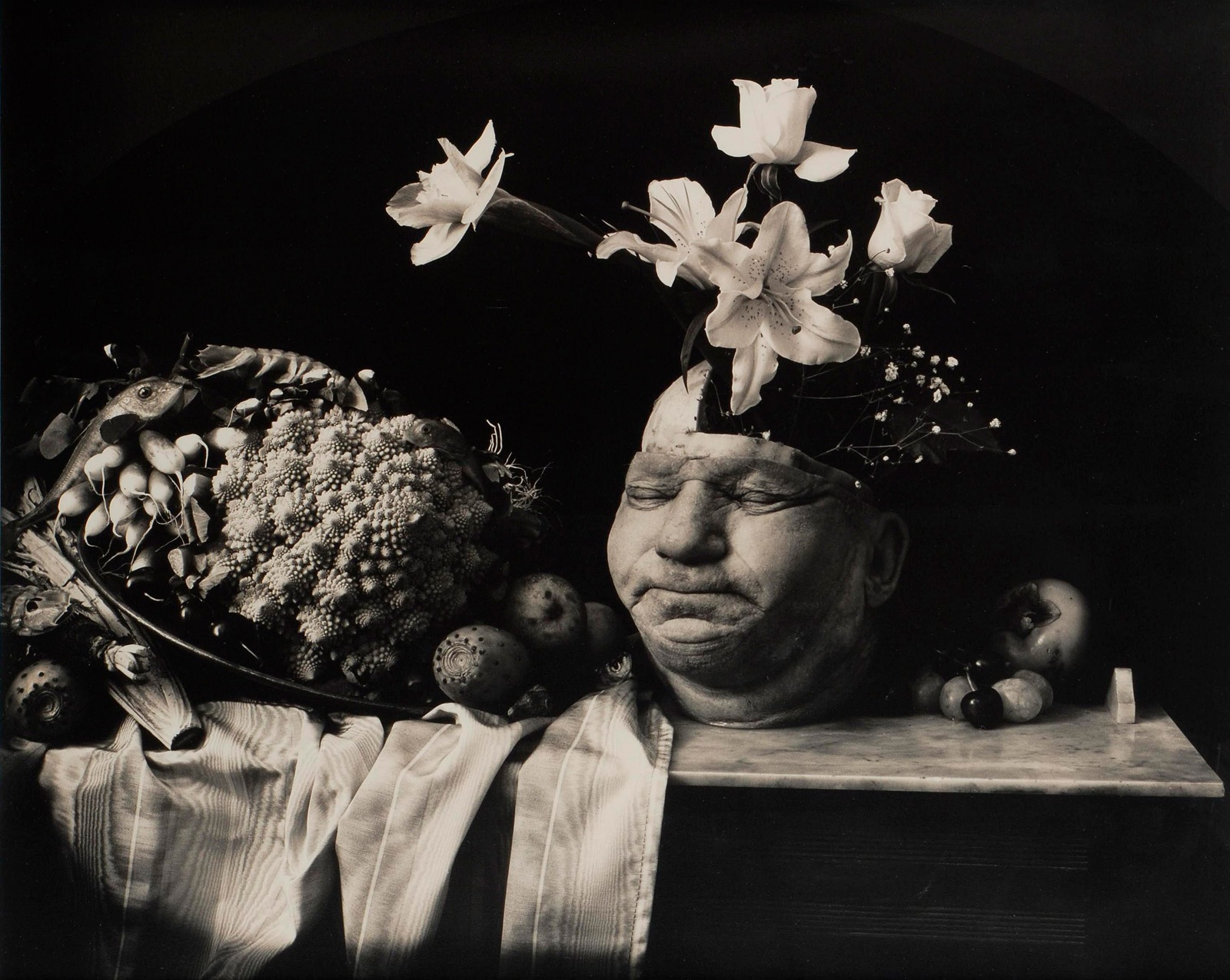The legendary Diane Arbus and one of the most controversial contemporary photographers Joel-Peter Witkin—in Irina Kulik’s next lecture.
Diane Arbus (1923–1971) is one of the most renowned documentary photographers in the history of the medium. Her signature stark black-and-white portraits represent physically disabled people, drug addicts, criminals, etc., which was considered disturbing during her time but also produced a mystifying effect around the artist. Despite receiving more and more acclaim as her career progressed, Arbus suffered from depression throughout her life which she eventually took at the age of only forty-eight. A year after her death, Arbus became the first photographer to be included in the Venice Biennale (1972), and that same year MoMA New York organized her first, and hugely successful, retrospective featuring 125 prints. Today, Diane Arbus remains one of the most influential and recognizable figures in photography.
Joel-Peter Witkin (b. 1939) is an American photographer who studied at Cooper Union School of Art, New York and The University of New Mexico in Albuquerque, where he currently lives and works. Preoccupied with the themes of death and deviations of human body, Witkin’s sepia-toned or black-and-white prints represent meticulously staged scenes or portraits featuring people with physical disabilities, transgender individuals or even cadavers, making him one of the most scandalous photographers of all time. Eroticism, perversity, myth, and religion intertwine in these works. Witkin has had numerous personal shows internationally at venues that include Solomon R. Guggenheim Museum, New York; National Library of France, Paris; and Multimedia Art Museum, Moscow. His work has significantly impacted contemporary culture, inspiring fashion designer Alexander McQueen and rock music band Nine Inch Nails among other artists.
